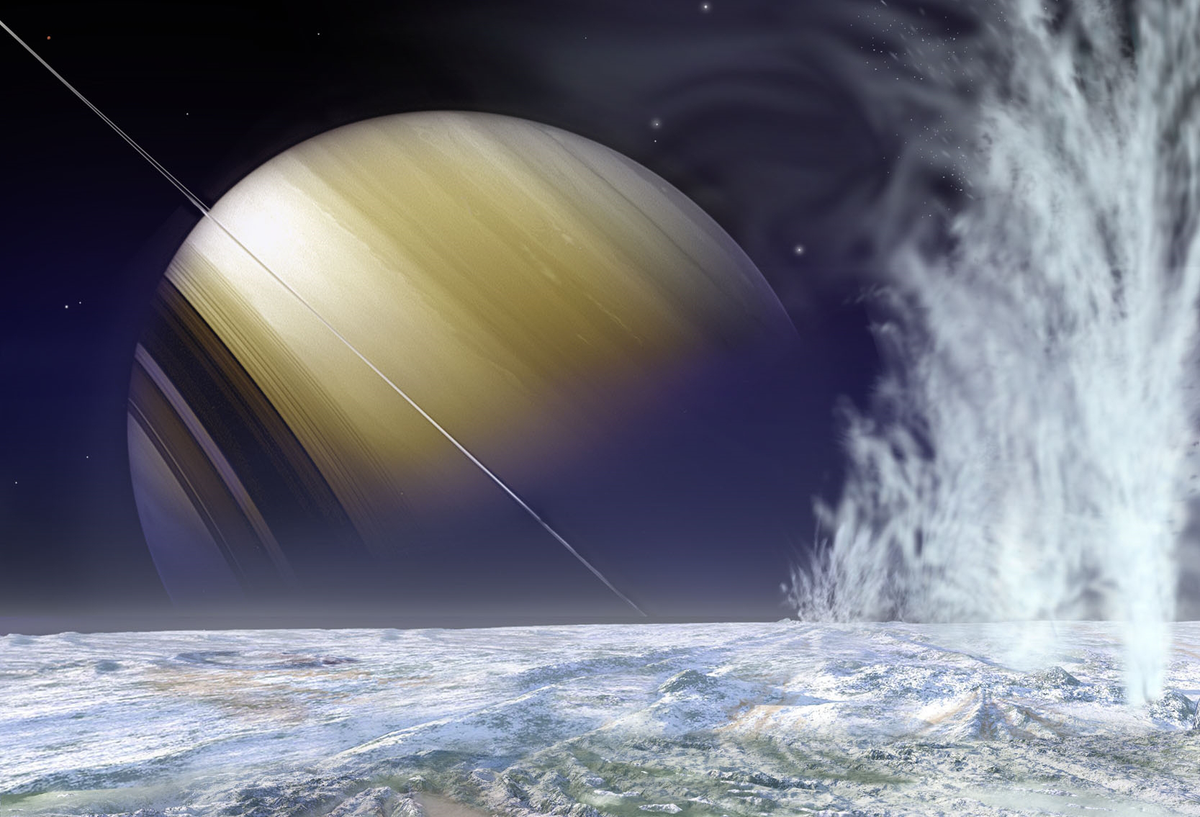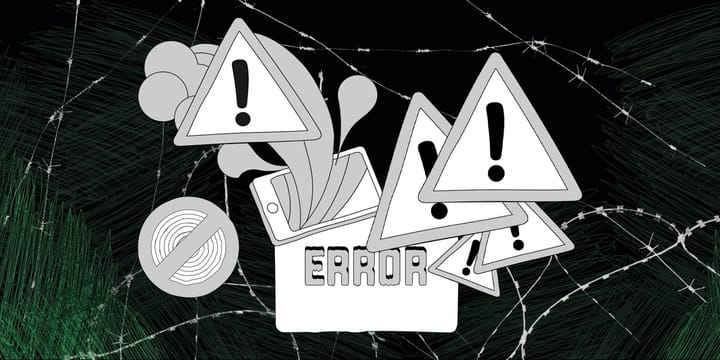NASA is creating a snake-like robot in search of life on one of Saturn's 83 moons

NASA's Jet Propulsion Laboratory is developing the Exobiology Extant Life Surveyor (EELS) for a space mission to Enceladus, one of Saturn's 83 moons recognized for its icy surface, which is the most reflective and whitest in the solar system. The presence of a liquid ocean beneath the ice has sparked curiosity about the potential existence of life, necessitating additional exploration.
The Jet Propulsion Laboratory reports that EELS is a self-propelled robot resembling a snake, comprised of segments equipped with unique rotating propulsion units that facilitate surface gripping and underwater movement. The objective is for the robotic serpent to navigate through vents on the surface of Enceladus and enter the ocean below.
The robot, measuring approximately 16 feet and weighing 220 pounds, is undergoing comprehensive testing in different settings to ensure its preparedness for the task. The "head" of the robotic snake will feature cutting-edge technology that enables EELS to capture three-dimensional imagery and transmit live video to operators, while its body will be capable of transporting and releasing a scientific payload that could facilitate the measurement of subsurface pressure, electrical conductivity, and temperature by scientists.
In the previous autumn, the robot underwent testing at Canada's Jasper National Park's Athabasca Glacier.
While a launch date for EELS remains undisclosed, researchers aspire to finalize the EELS concept by autumn of 2024.
"We are early in the project, but it is achievable in our lifetime," EELS Deputy Project Manager Rachel Etheredge said last year. "...It's an ambitious collaboration, and we're motived by the shared excitement we have for this concept, and the potential science we could gather with EELS."
Upon completion, it would necessitate roughly 12 years for a spacecraft to transport EELS to the Saturnian moon. However, researchers anticipate that the robotic serpent will require only a few days to arrive at the ocean after infiltrating a vent in the icy crust.
"The EELS system is a mobile instrument platform conceived to explore internal terrain structures, assess habitability and ultimately search for evidence of life," NASA says of its development. "It is designed to be adaptable to traverse ocean-world-inspired terrain, fluidized media, enclosed labyrinthian environments and liquids."
If successful, the robotic serpent could take oceanic world exploration to a new level, NASA explains, allowing "deeper exploration into areas that were once unattainable."
Thanks for visiting Our Secret House. Create your free account by signing up or log in to continue reading.



